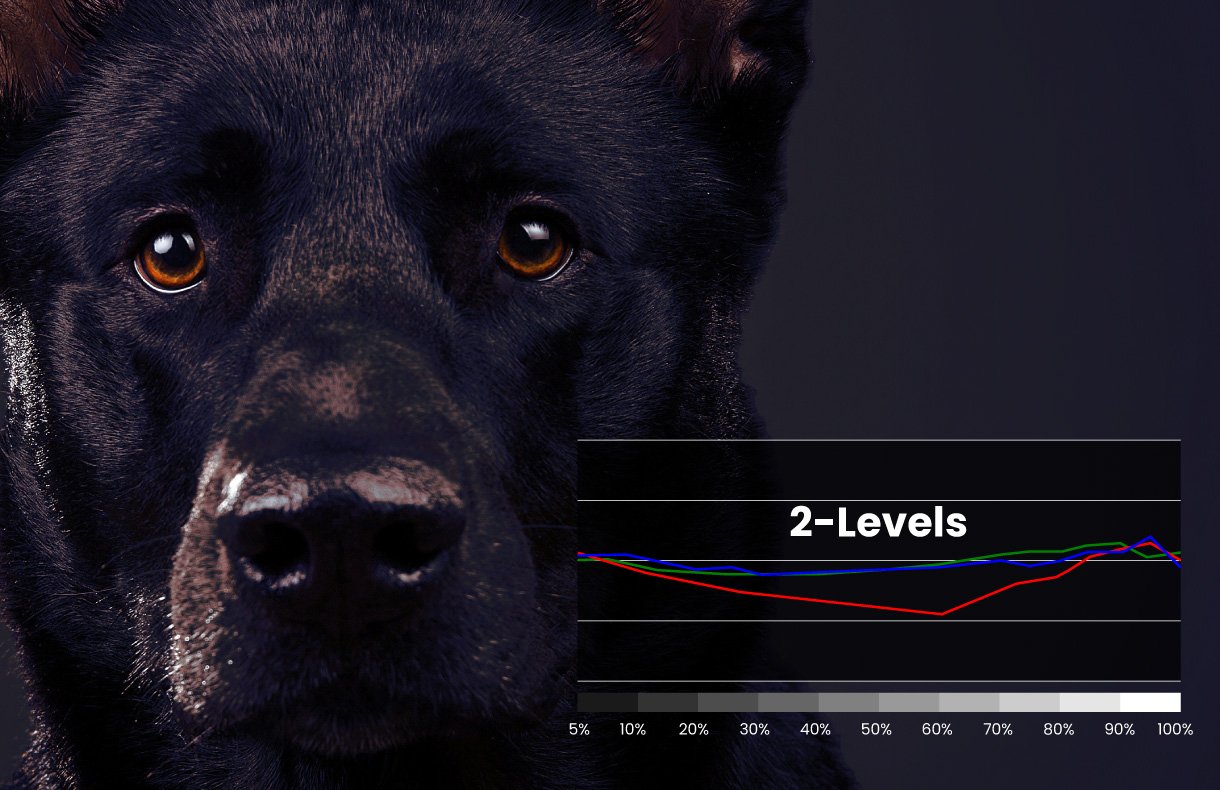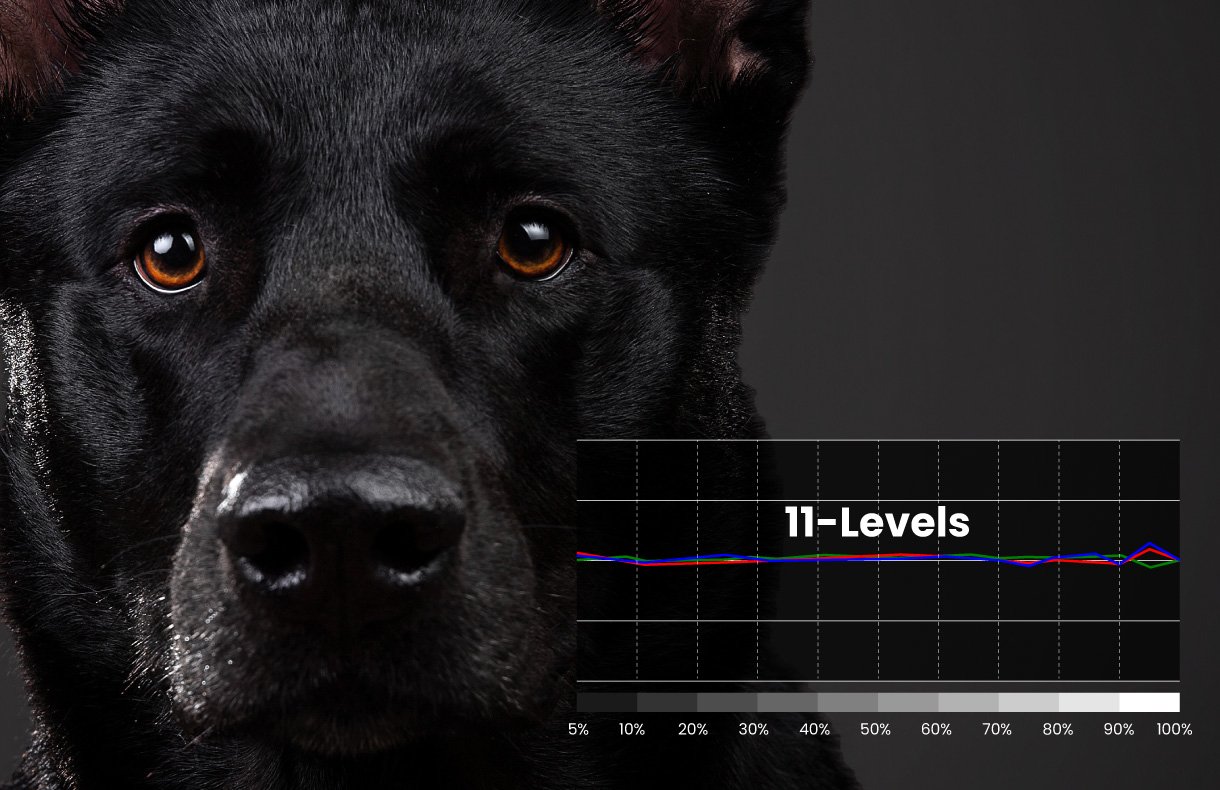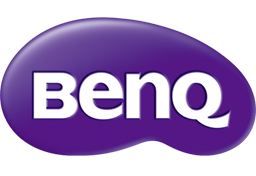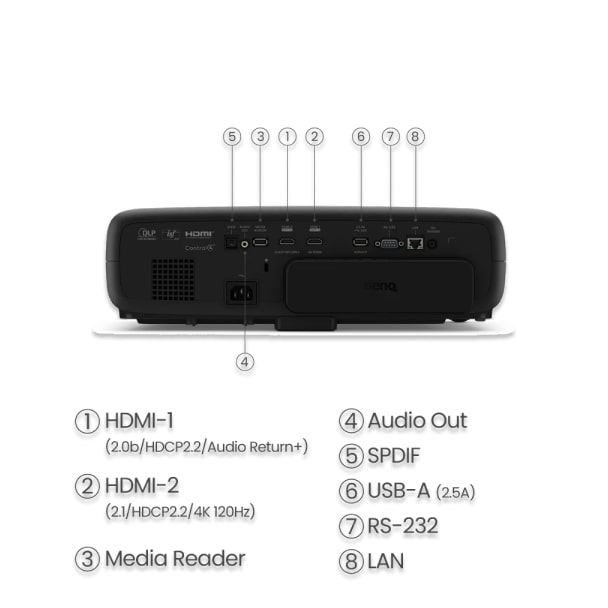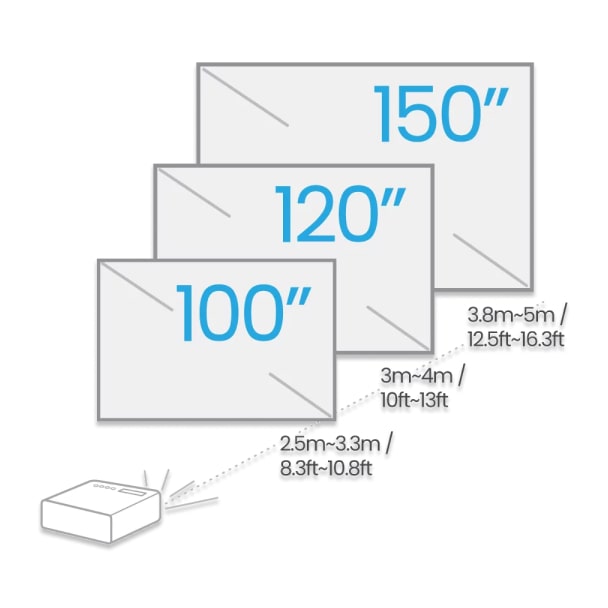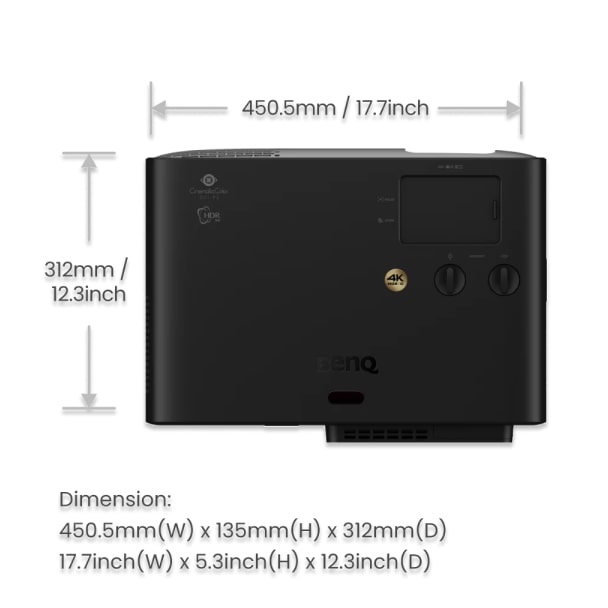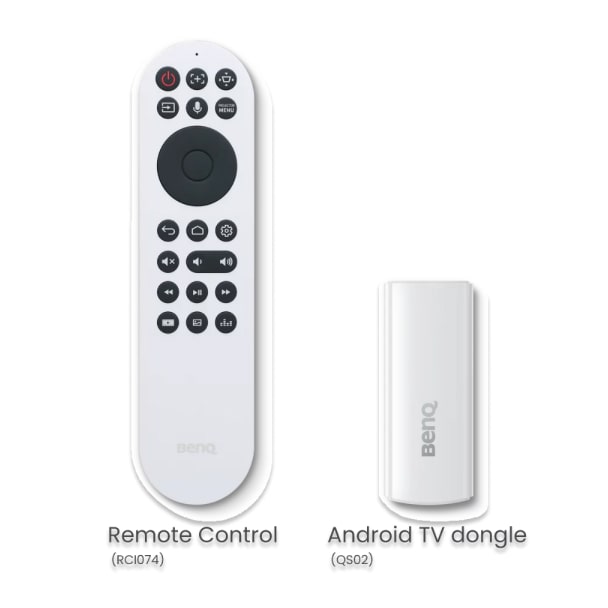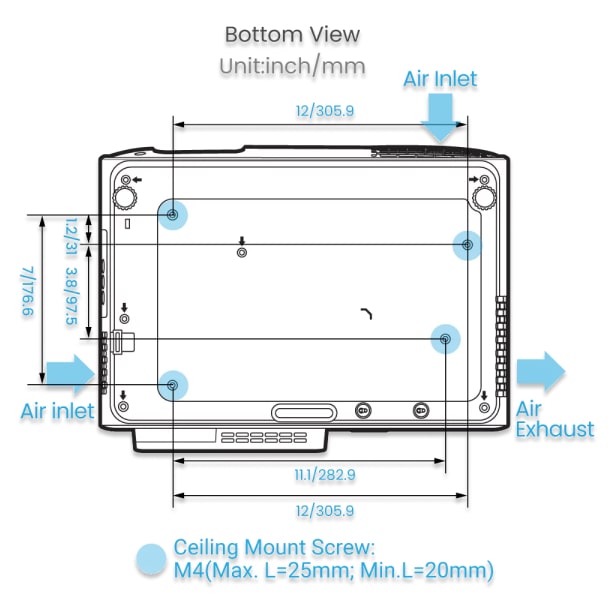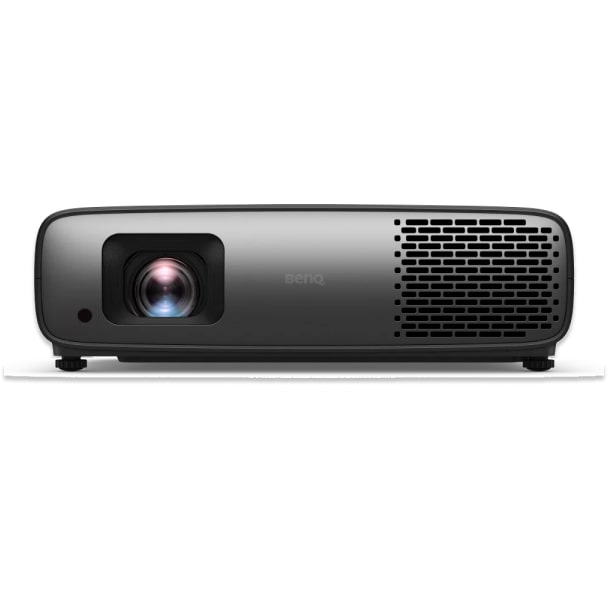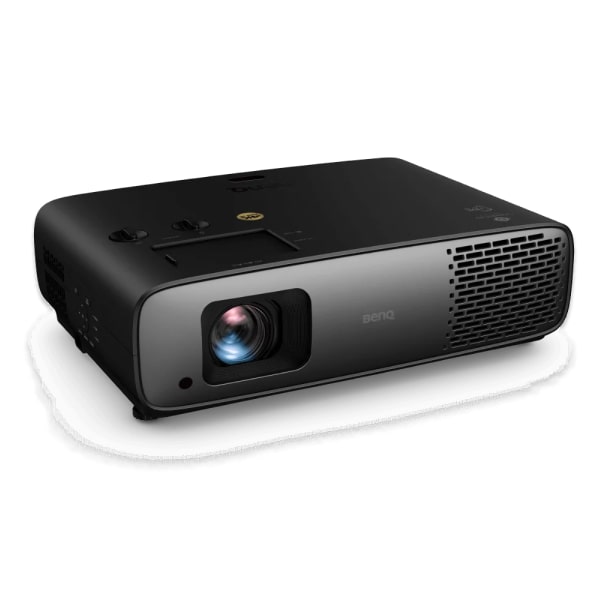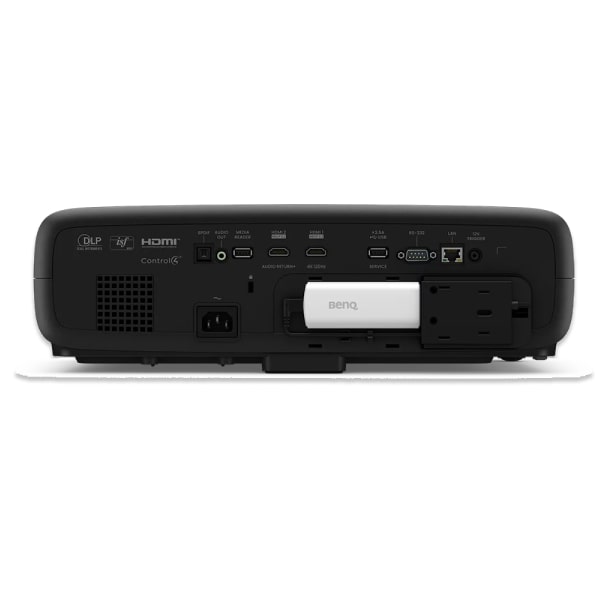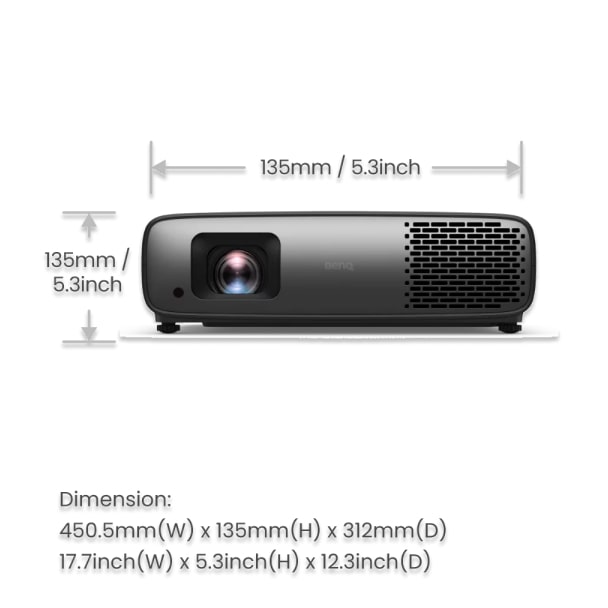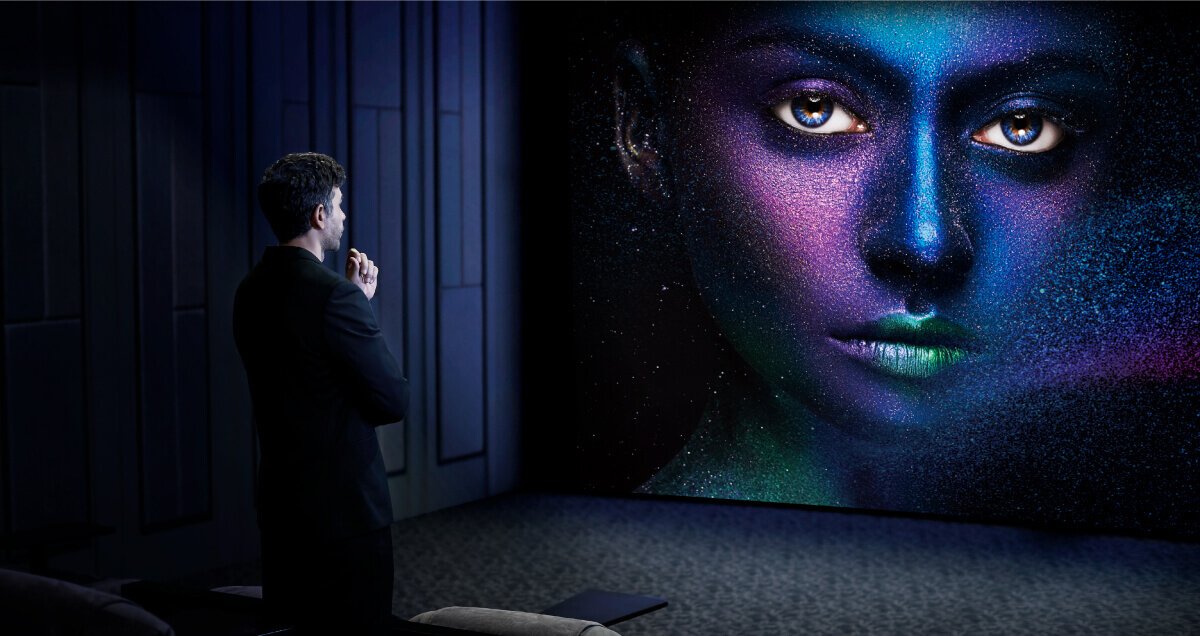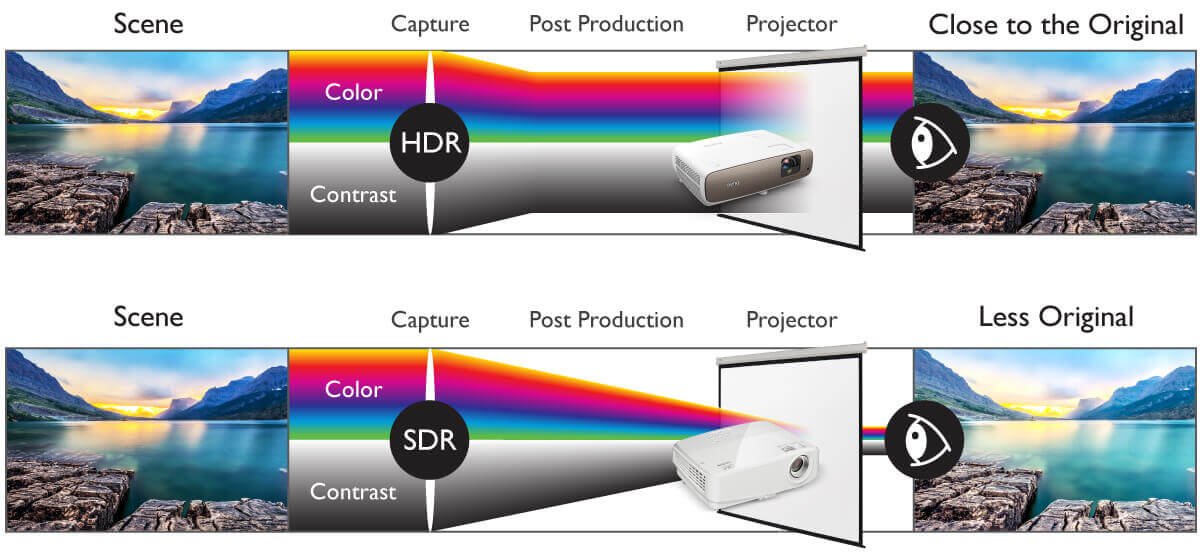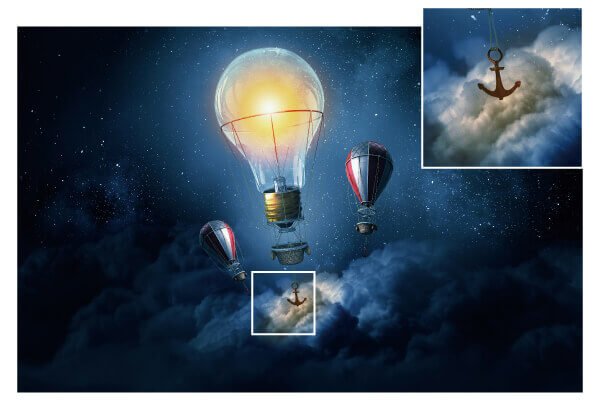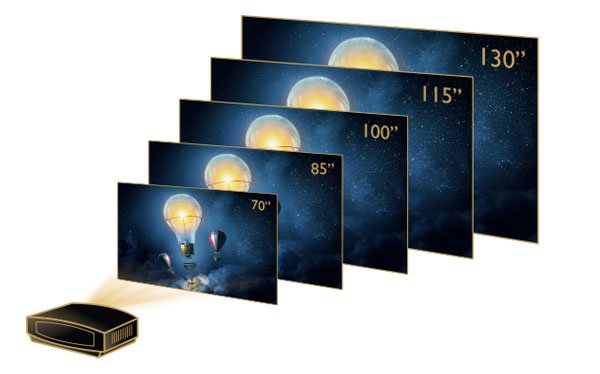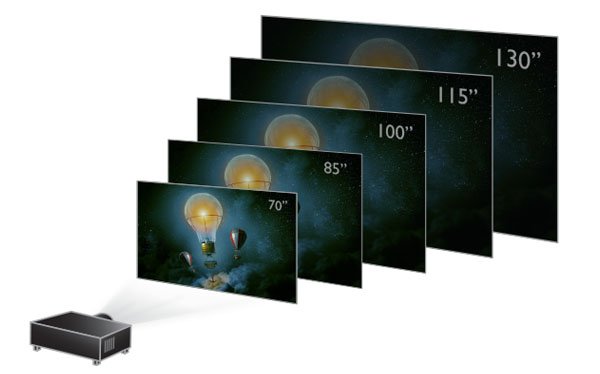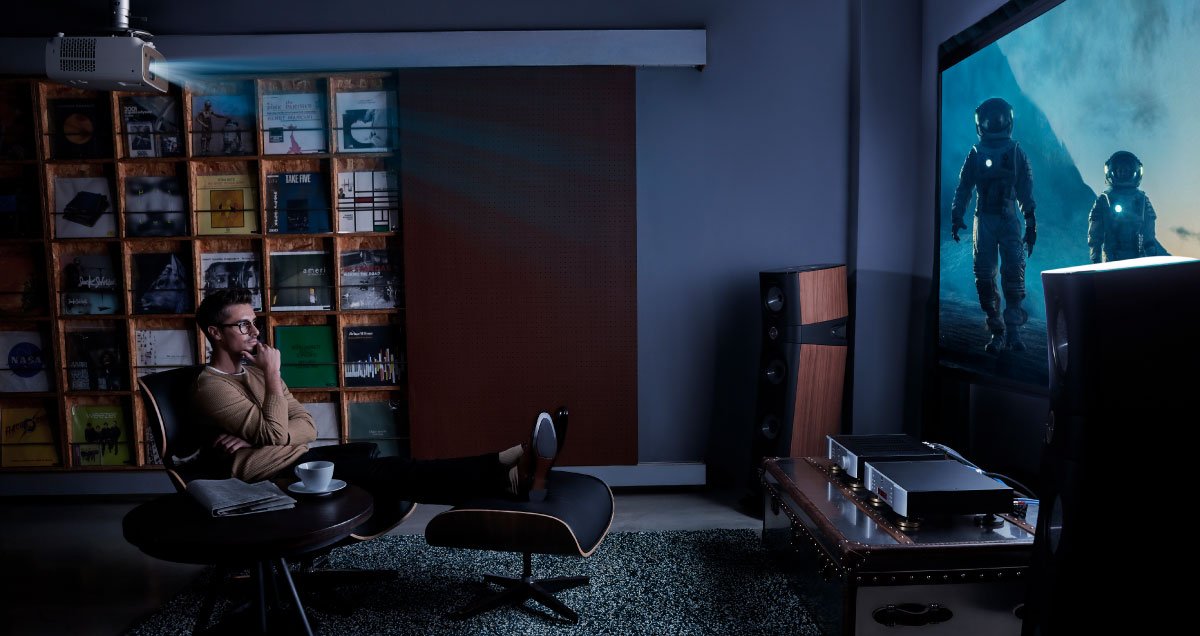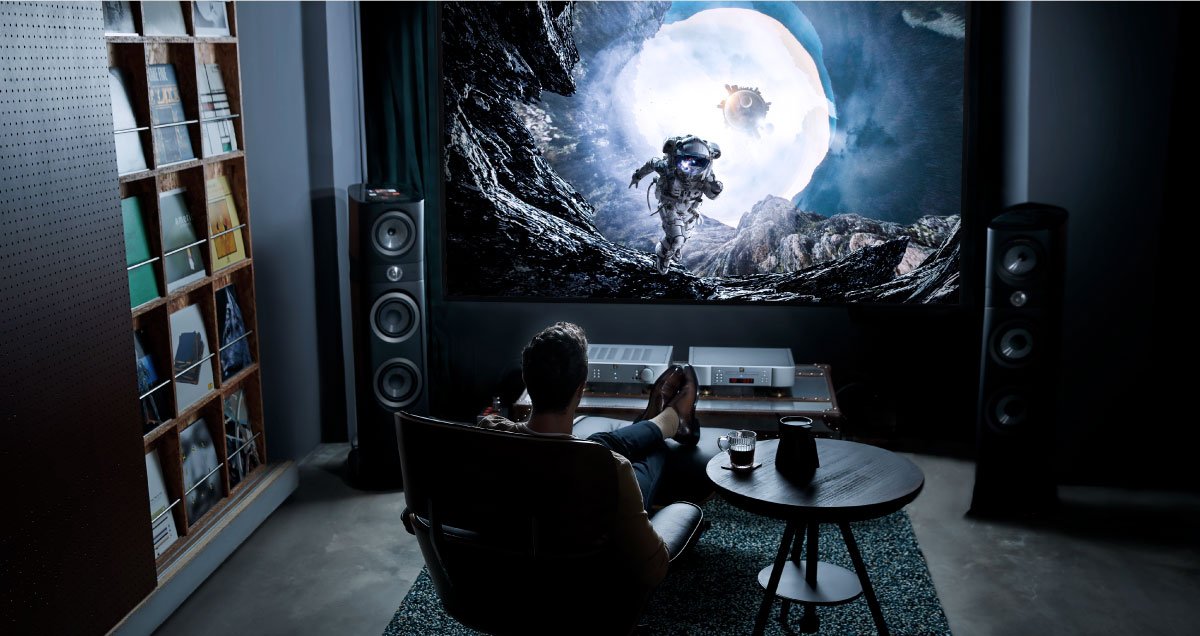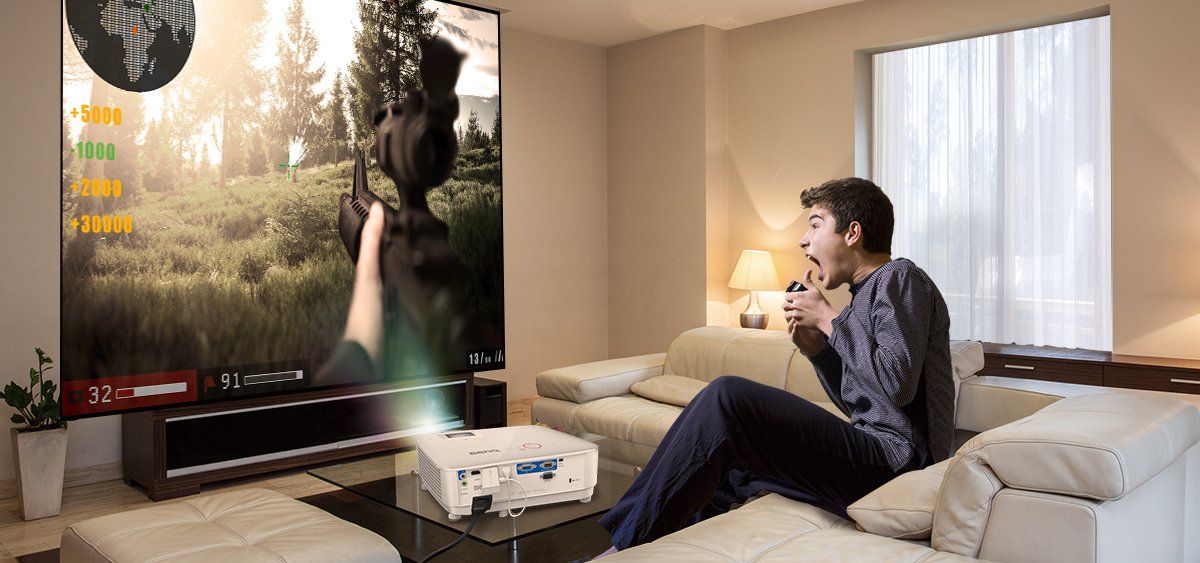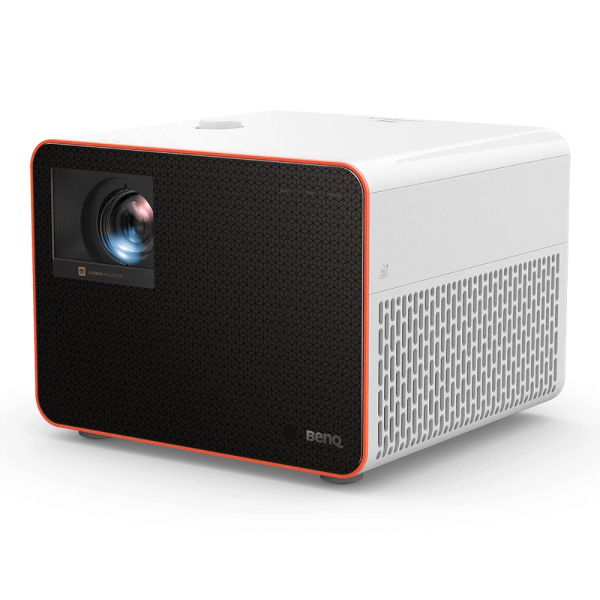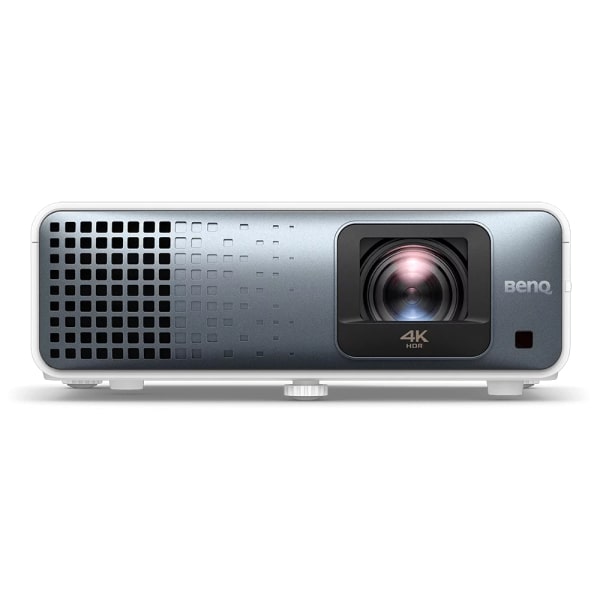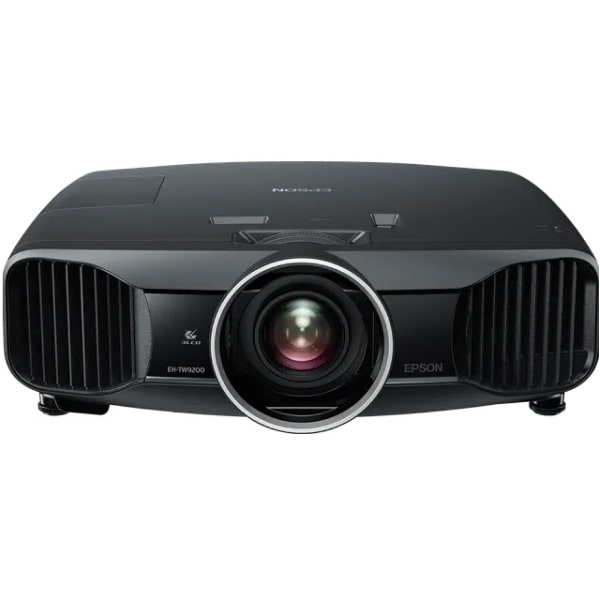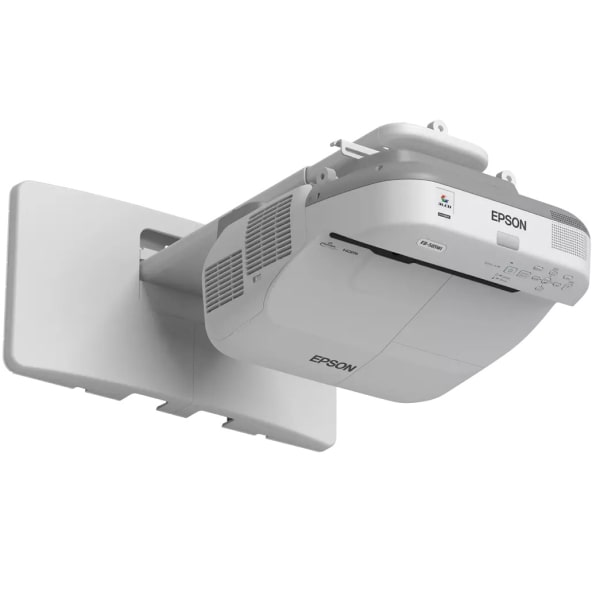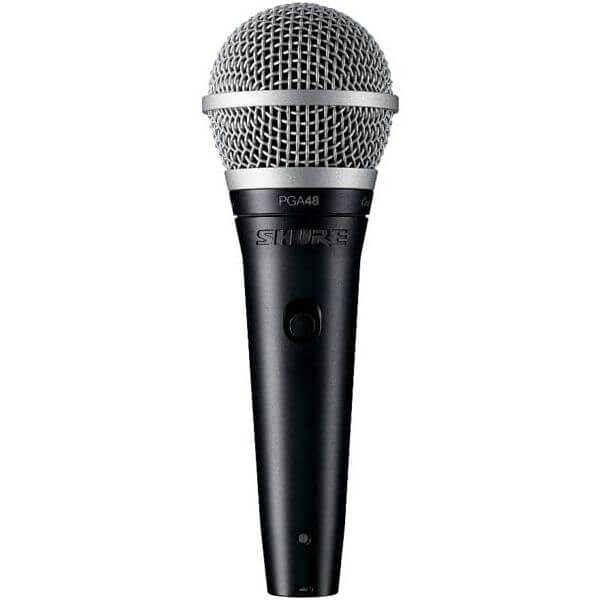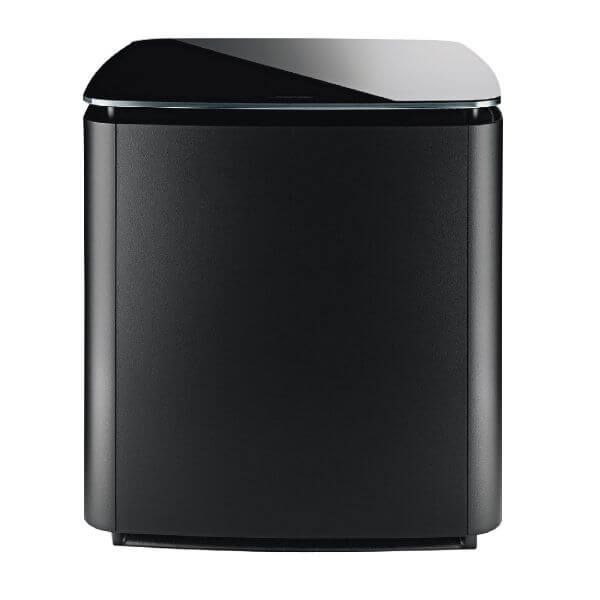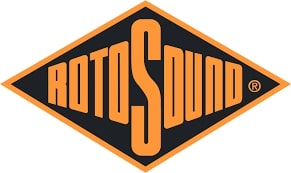Video presented through HDR technology is capable of showing more detail and color for a more accurate depiction of light and dark areas of any given image. Therefore, HDR has become an important spec that both professionals in the media industry and entertainment enthusiasts are pursuing. Now, as a long term developer dedicated to better representation of higher image quality, BenQ has developed exclusive HDR-PRO technology, used in creating projectors that represent accurate color and dynamic contrast, and thus allowing consumers to enjoy cinematic visual experiences that remain faithful to the original intent of their creators.
Three highlights of BenQ HDR-PRO technology: Tone Mapping, Dynamic Iris, HDR Brightness HDR, or High Dynamic Range, is a standard that offers a higher dynamic range in video signals,allowing an image to be shown with more brightness and increasingly detailed color tones.
HDR enhances the light areas of the image while also allowing dark areas to be shown in deeper contrast, representing the original image more completely and faithfully, and closer to what the human eye can see.
In this series of articles, we’ve introduced the basic definitions of HDR and gained a better understanding of filming and doing post-production for HDR video.
In the previous article, we discussed whether there is true HDR for projectors.In that article, we showed that even though the maximum brightness of projectors is limited,with the latest technology manufacturers are trying to give consumers a viewing experience that is closer to watching a film at the cinema.
Other than LCD TVs and display panels, BenQ also puts great effort into developing projectors by integrating software and hardware technologies to present an authentic HDR image, which allows consumers to view content with more detail and better picture quality.
Tone Mapping:
adjusting and showing the best image based on projector specs Since different devices have different specs, which might cause the color and brightness to differ from the original content as it was intended to be shown, many projectors are equipped with Color Mapping and Tone Mapping functions. These features are designed to present the best results by taking the specs of the projector itself into account. BenQ HDR-PRO projectors are designed with Tone Mapping in mind, making sure the images being projected are all based on accurate calculations and precise projection, showing more details with more dynamic range in both light and dark areas.
Therefore, Tone Mapping can bring the original visual elements to audiences and provide an authentic viewing experience that is very close to a cinematic release.
BenQ HDR-PRO Projector
Others
Dynamic Iris:
enhancing performance in terms of color, brightness, and contrast To make Tone Mapping work even better, BenQ uses Dynamic Iris technology.With Dynamic Black™ technology and proprietary deep dark sealed coating optical engine, BenQ projectors create a very wide dynamic range.
Whether the original scene is very bright or dark, consumers get much clearer images that reveal details not seen with lesser projectors.
More light output during bright scenes
Less light output during darks scenes
Most projectors on the market focus on either performance in light or dark areas and some even sacrifice realistic image delivery to maintain a contrast ratio that falls within a range that qualifies as HDR. With Dynamic Iris, projectors can decide the output value of projection by controlling the optical system of the projector based on different content or different scenes.
Therefore, the technology optimizes the contrast of scenes and brings everything closer to the director or creator’s original intended vision.
HDR Brightness:
brightness that's ideal for human vision The brightness of an HDR projector, unlike HDR monitors, is not based on fixed values from the signal assigned to it, but varies depending on the distance between the projector and the screen, screen size, and the material of the screen.
Therefore, BenQ HDR-PRO projectors provide five different recommended HDR Brightness values for popular home projector screen sizes.
It is also equipped with brightness control so users can change the brightness level based on screen size to enjoy the best viewing experience.
(*common home projection screen sizes are 80”, 100”, 120”, 150”, and
BenQ HDR-PRO projector
Less light output during darks scenes
Deciding the distance between the projector and screen
HDR content needs a true HDR projector to really shine HDR-PRO technology for perfect details in dark and bright areas Pioneering Local Contrast Enhancer By applying the Local Contrast Enhancer algorithm to divide images into more than 1000 areas, the Local Contrast Enhancer analyzes the brightness of each part and adjusts gamma independently for greater definition of dark and bright details and rich 4K picture depth.


Better bright details
Exclusive Color Temperature Adjustment For absolute color accuracy, BenQ's high-end cinema projectors offer advanced color temperature adjustment with a leading 11 levels of white balance control between high and low brightness, allowing content enthusiasts to adjust the most accurate mid-tones.
2-Color temperature adjustment levels
11-levels of color temperature adjustment
Director Mode
Filmmaker Mode preserves the action rhythm, cinematic color, dynamic range, and brightness that directors intended for the big screen. BenQ smart home projectors support filmmakers' desire to have home viewers relive the great scenes and tender moments the way they were meant to be seen.
Understand the relationship between screen size and projection distance (for example, 100” @ 8ft) 2D Lens Shift The projector offers 2D lens shift (vertical 0%-60% and horizontal ±15% max) to deliver a perfectly straight-edged image without losing resolution, allowing for more flexible mounting and placement options.


